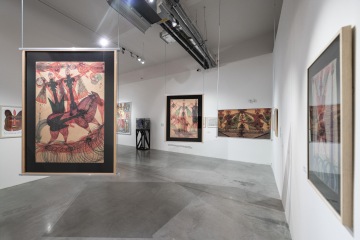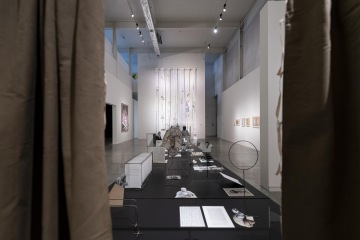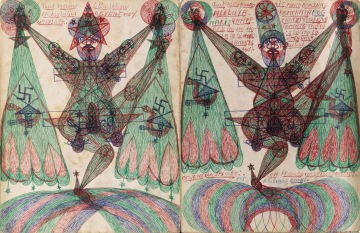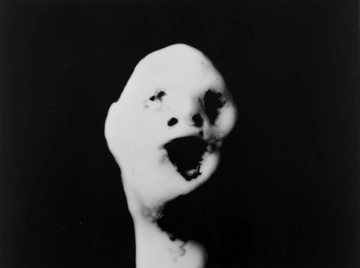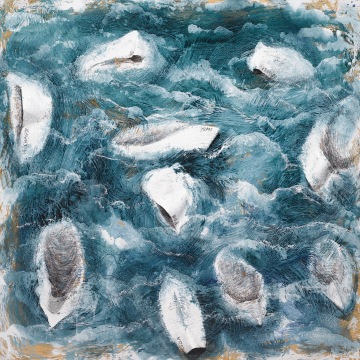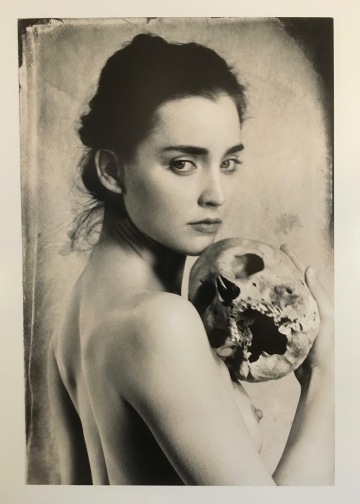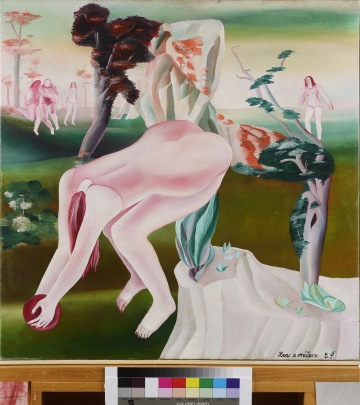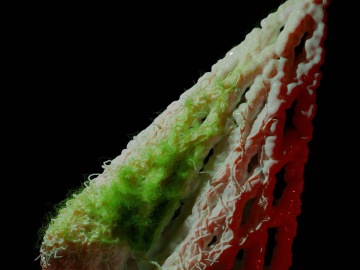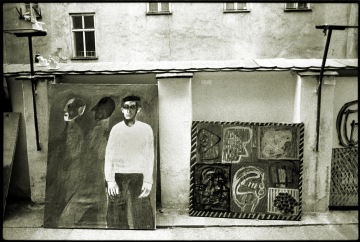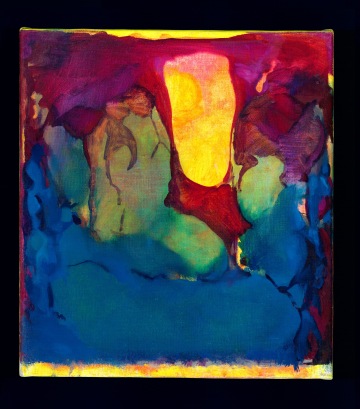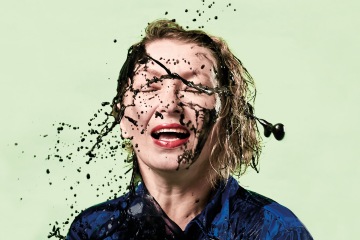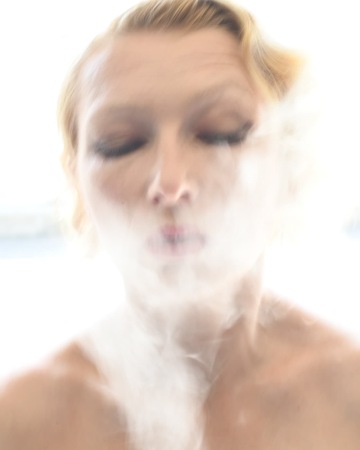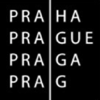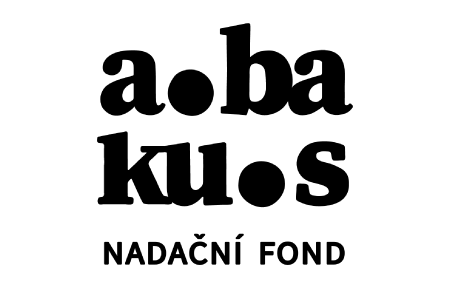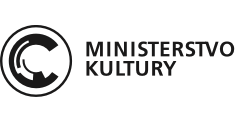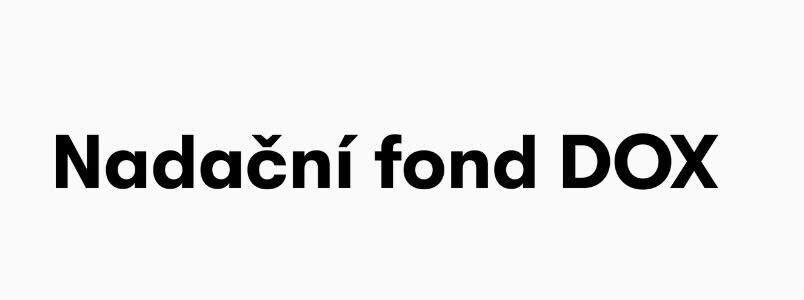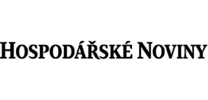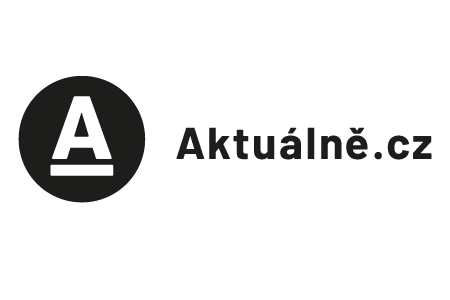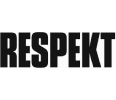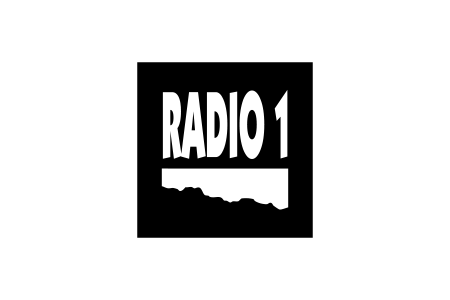We’re open to all, now also you
Tickets to all current exhibitions are also available on-line.
DOX Centre for Contemporary Art
Poupětova 1, Prague 7
Show on map
“I wasn’t ill, I was far too powerful.”
Zdeněk Košek speaking about the time he was controlling the weather all over the world, 2003
The desire for power is the driving force of history, both a constructive driver and a destructive force. In the shadow of authoritarian potentates stand the nameless
multitudes of the powerless, who serve as both the implementers of power games
and their audience. The idea to organize an exhibition project that would map how the duality of power and powerlessness is reflected in contemporary art was
conceived several years before the Covid-19 pandemic and the war in Ukraine,
which have put the topic in a completely new perspective. The pathology of the
personalities of the potentates, the absurdity of the functioning of some institutions and the blind obedience of the crowd are now brought into sharp focus. Fear and naming an enemy emerge as effective means in furthering the goals of power. What was considered insane becomes the norm. The sickness of the powerful and the power of the powerless take on new content.
The sharpened optics of artists invited to the Power(less) project and their sometimes almost visionary insight offer an uncompromising view of the present and of history, which, as we know, repeats itself. At the same time, the exhibition asks where normality ends and “illness” begins, and attempts to bridge the categories of art brut and contemporary art.
This year marks the centenary of the publication of the book Bildnerei der
Geisteskranken (Artistry of the Mentally Ill, 1922) by psychiatrist and art historian
Hans Prinzhorn, who first critically assessed the work of psychiatric patients. The
publication became one of the sources of inspiration for modern art and contributed to the formulation of the term art brut by Jean Debuffet (1945). This category included not only the work of the mentally ill, but also other spontaneous creators such as spiritist mediums, social outsiders, and other solitaries. In the works of art brut artists, issues of power and powerlessness (often viewed through the prism of mental illness) have always been among the fundamental themes.
Art brut is based on the subjective perception of reality and the personal mythologies of the authors, who in their parallel worlds often fit the roles of rulers, conquerors, and saviors - supermen, horsemen of the Apocalypse and messiahs. Their works feature symbols of power (the swastika, the red star, the hammer and sickle, the cross) and its means (weapons, instruments of torture, bars, and cages). Other authors appear as demiurge-cartographers who gain control over real or fabricated territory by recording it and thus symbolically controlling it. A specific group consists of scientists-researchers who try to discover a primordial formula that would affect their life and the existence of the whole of humanity. Last but not least, there are the victims and dissidents who perceive the outside world as hostile territory from which the artistic act must be protected or completely isolated.
Contemporary artists who are often established on the global art scene enter into a dialogue with artists classified as art brut to offer their interpretation of themes of power, powerlessness and illness, and to comment on current political, social, racial and gender issues.
Curators: Ivana Brádková in memoriam, Terezie Zemánková
Collaboration: Natálie Drtinová, Otto M. Urban
Exhibiting artists: Felix Brenner (Switzerland), Anibal Brizuela (Argentina), Maurizio Cattelan (Italy), Filip Černý (Czech Republic), Jaroslav Diviš (Czech Republic), Janko Domšič (Croatia), Robert Gabris (Slovakia), Martin Gerboc (Slovakia), Carlos Augusto Giraldo (Colombia), Jerry Gretzinger (USA), Julius Hartauer (Germany), Karel Havlíček (Czech Republic), Josef Hofer (Austria), Xénia Hoffmeistrová (Slovakia), Iveta Horváthová (Czech Republic), Matěj Hošek (Czech Republic), Jana Kasalová (Czech Republic), John Urho Kemp (USA), Martin Kocourek (Czech Republic), Marie Kodovská (Czech Republic, Zdeněk Košek (Czech Republic), Eva Koťátková (Czech Republic), Alexander Lobanov (Russia), Přemysl Martinec (Czech Republic), Kunizo Matsumoto (Japan), Andreas Maus (Germany), Edmund Monsiel (Poland), Oscar Morales (Chile), Martin Mulač (Czech Republic), Yelena Osipovova (Russia), Marilena Pelosi (Brazil), Daniel Pešta (Czech Republic), Jiří Petrbok (Czech Republic), Ota Prouza (Czech Republic), André Robillard (France), Jan Wolfchen Vlček (Czech Republic), Marek Schovánek (Czech Republic), Pascal Vonlanthen (Switzerland), August Walla (Austria), George Widener (USA), Carlo Zinelli (Italy)
Works for the exhibition are on loan from: Arthur Borgnis Gallery (France), Augustinum Stiftung (Germany), Atelier CREAHM (Switzerland), Ateliér radostné tvorby (Czech Republic), Christian Berst art brut (Francie), Collection Bruno Decharme (France), Collection of La Fabuloserie (France), Collection of Pavel Konečný (Czech Republic), Fait Gallery (Czech Republic), Kontakt. The Art Collection of Erste Group and ERSTE Foundation (Austria), KUNSTHAUS KAT18 (Germany), Leszek Macak Collection (Poland), Marie Kodovská Gallery (Czech Republic), Maurizio Cattelan Archive (Italy), Museum Gugging (Austria), Robert Runták collection (Czech Republic) and from the collections of private collectors and authors.
Co-organizer
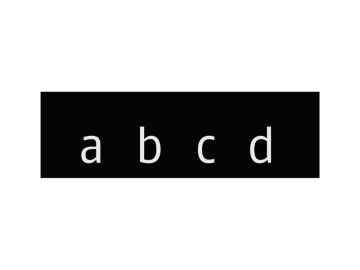
Supported by



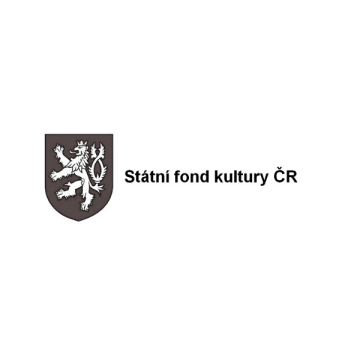
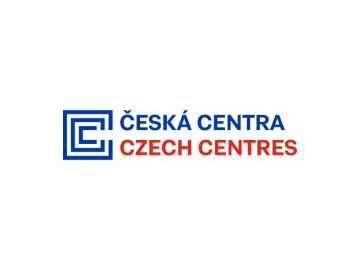
The project is held on the occasion of the Czech EU presidency.
